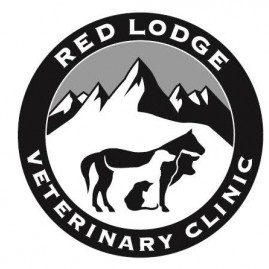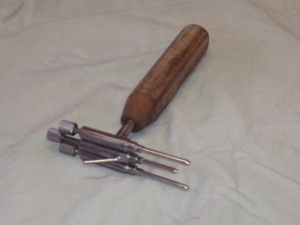Red Lodge Veterinary Clinic is proud to be the only veterinary practice in southern Montana with “The Equinosis® Q with Lameness Locator®” on site.
Dr. Casey Gruber and his team have been using this system to assist with clinical diagnosis of lameness issues since 2017. Lameness in horses is a common and often complicated issue to diagnose and manage. Dr. Casey Gruber has over 10 years of experience as an equine veterinarian diagnosing, managing and treating various lameness related issues. With the help of this invaluable tool we are able to streamline and help pinpoint your horses problems quicker and more efficiently than ever. This will allow us to begin treatment faster and get your horse back to doing what it loves, whether that’s running barrels, cutting cattle or keeping your yard mowed.

ABOUT THE TECHNOLOGY
The Equinosis® Q with Lameness Locator® is a real-time, handheld, field-based system that enables a licensed veterinarian to objectively measure lameness in horses with non-invasive inertial sensors. Evolving from the development of motion analysis algorithms at the University of Missouri using a high-speed camera and treadmill-based system, it is the gold standard for field-based measurement of lameness. The algorithms were developed in a collaborative effort between practicing equine veterinarians, led by Professor of Veterinary Medicine and Surgery Dr. Kevin Keegan, and engineers, led by Professor of Mechanical and Aerospace Engineer Dr. Frank Pai, for the specific purpose of lameness evaluation in horses. Dr. Pai’s research interest and expertise in “structural damage detection” were instrumental in the development of the algorithms used in the Q.
The motion variables most likely to detect and quantify lameness were first found using sophisticated data mining search techniques and then tested and validated with robust neural network classification schemes. Later collaboration between the University of Missouri and Dr. Yoshiharu Yanezawa, Professor of Electrical Engineering at the Hiroshima Institute of Technology in Japan adopted this analysis approach to a system of wirelessly-transmitted, body-mounted inertial sensors, ideal for field use. Dr. Yonezawa’s research interest and expertise in “Bio-instrumentation systems” were instrumental in the development of the hardware utilized in the Q.
ABOUT EQUINOSIS
Equinosis® LLC was founded in 2007 in Columbia, Missouri with its first objective to make the Equinosis® Q with Lameness Locator® available to equine veterinarians and to elevate the quality of care, health, and well-being of horses.
Ongoing research and development endeavors were supported by the National Science Foundation’s Small Business Technology Transfer Research program from 2009 to 2015 with 5 STTR awards.
Contact us today to set up an appointment with Dr. Gruber. 406-446-2815



